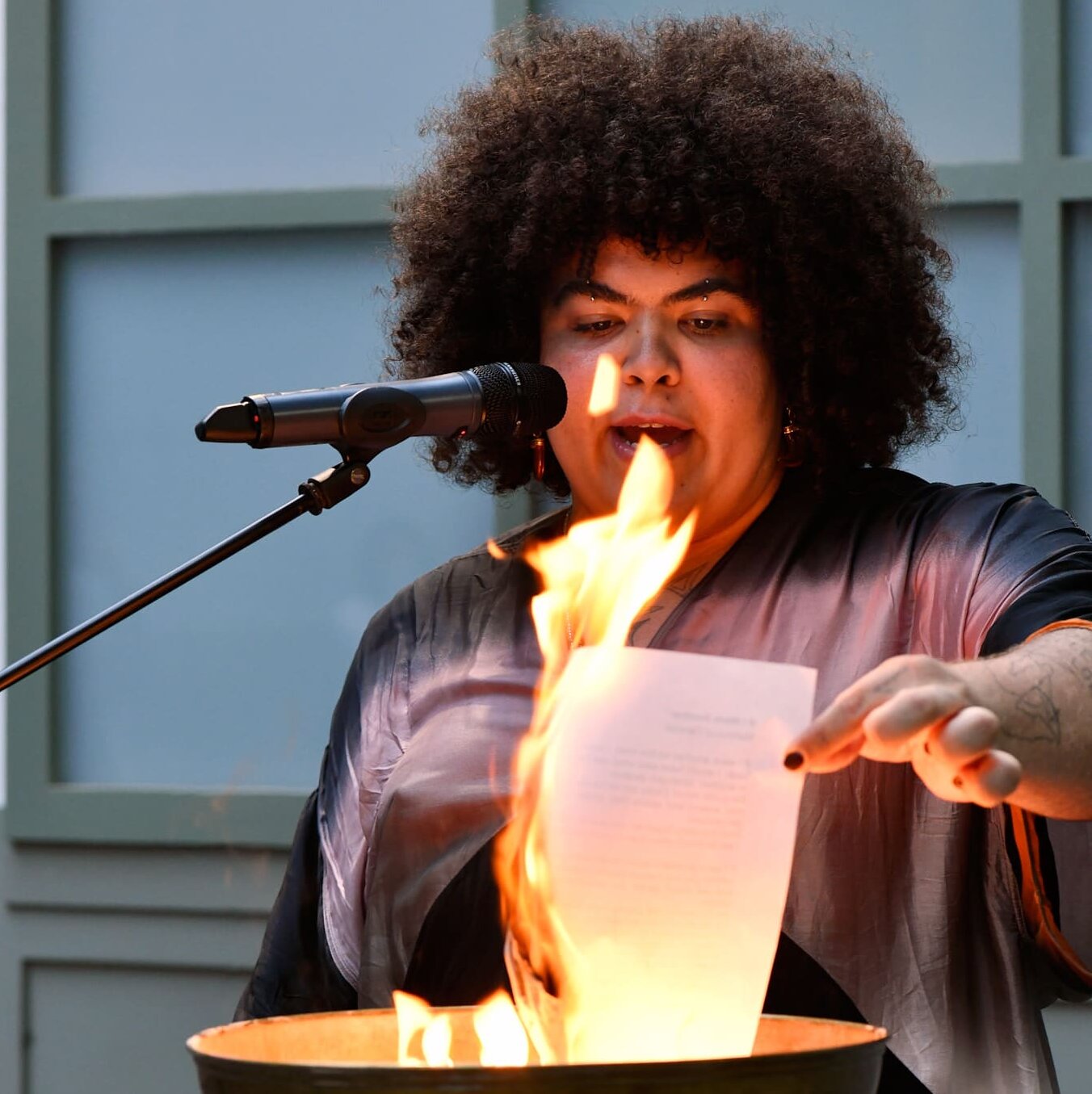
In less than a decade, Jota Mombaça has cemented themself as one of the global art landscape’s most urgent voices. Fusing critical theory and a reservoir of media (among them drawing, poetry, installation, and performance), the Brazilian artist charts the life cycles of gendered, racialized, and environmental traumas like the Transatlantic slave trade or evolving climate catastrophes—and the tactics humans have developed to weather them. Waterways have been a recent channel for this expansive inquiry: Mombaça’s current cycle of performances examines how, from the canals of Venice to the swampland origins of Berlin, water can be a life-giving force, an agent of destruction, and a path to power—or all three at once.
The natural world also serves as inspiration in the multidisciplinary artist’s latest work, The Muted Saints. Commissioned for the Aspen Art Museum’s AIR Festival, the three-act opera will be performed at the Hallam Lake Nature Preserve on July 29. Inspired by a 2023 short story by Mombaça about a protagonist who transitions from human to geological form, the ambitious commission radiates outwards from its Colorado surroundings, which Mombaça visited earlier this year, to “speak of the interconnectedness of planetary existence.”
Ahead of its premiere, CULTURED caught up with Mombaça about their creative process, the occupational hazards of working with water, and what they would change about the art world.
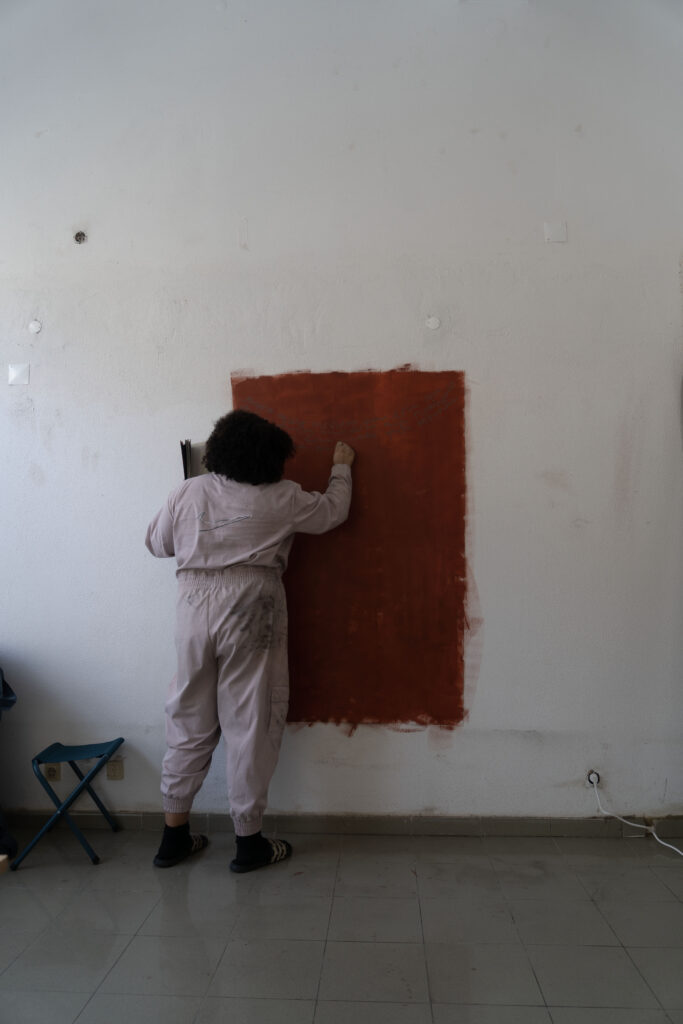
CULTURED: Where does the story of your AIR performance, The Muted Saints, begin?
Jota Mombaça: The Muted Saints begins in the wake of a catastrophe. This is not explicit in the work, but it’s an important aspect of its composition. The muted saints are entities wounded by the imperative transformation of the planet; they are learning how to act and feel and listen, for they were turned into ghosts or rocks or gusts of wind. The performance is not concerned with what they are becoming, but with the possibilities of their transition. What does it mean to sing as a rock, to feel as a current, and to listen as a ghost? In a way, these questions are where the story begins.
CULTURED: The opera will be performed in a nature preserve in Aspen. How much time did you spend in the region to tap into the local environment?
Mombaça: I spent four days in Aspen for the site visit. The composition was already in motion when I got there, so it was more about letting the environment teach me how to hold the ideas I was working on. I was there in the early spring, and there was still a lot of ice and a pervasive whiteness. Things will change before the activation of the work in July. Many of my works have site-responsive qualities, but with time, I have learned to also see places as a set of arrangements and connections to which we can relate in transformative ways.
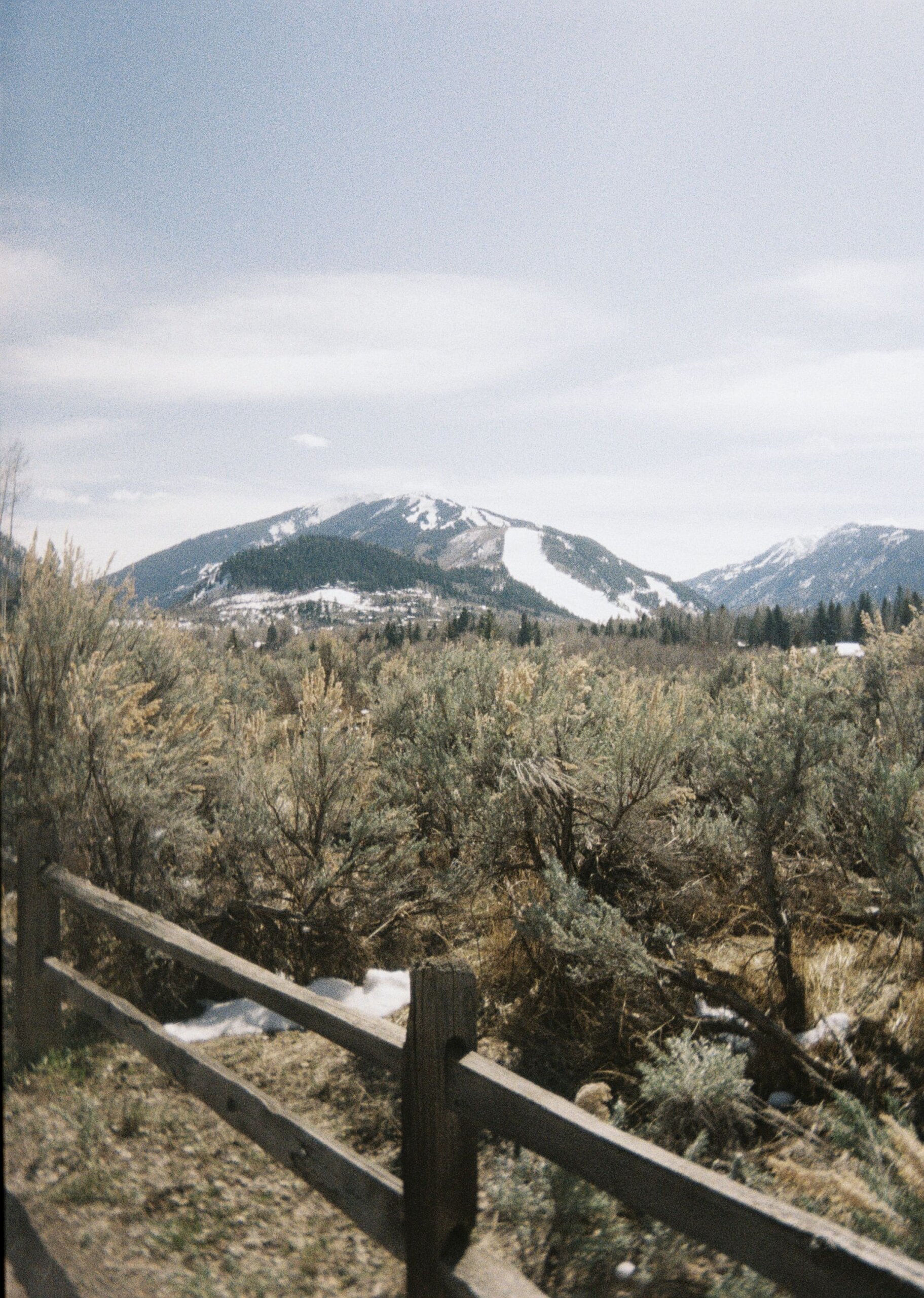
CULTURED: What or who did you surround yourself with while making The Muted Saints?
Mombaça: A friend gifted me a river stone they brought from an island we both love in the Amazonian region, and I have been keeping it close. Another friend reminded me of a beautiful poem by Ursula K. Le Guin that ends with a couple of verses about “the long language of the rock.” My mentor and friend Denise Ferreira da Silva sent me her text on dark matter and what she brilliantly calls “material aesthetics,” which has also informed the composition. Of course, I am also surrounded by brilliant collaborators and interlocutors on this project.
CULTURED: What do you think AIR offers the art world that we’re lacking right now?
Mombaça: I feel we are currently enclosed by a suffocating political hyperrealism on a global level. There are several manifestations of violence, which are making their way to the most intimate corners of our lives. On the face of it, AIR presents us artists with a beautiful possibility. The idea of a retreat that leads to a public festival is important in a moment when we need space to collectively engage with our wounds, but also with our radical imagination. It is a much-needed air pocket in a rarefied environment.
CULTURED: What’s the first thing you do when you enter your studio?
Mombaça: I hide my phone, change clothes, make a coffee, put some music on, and then I wait for the work to become clear to me.
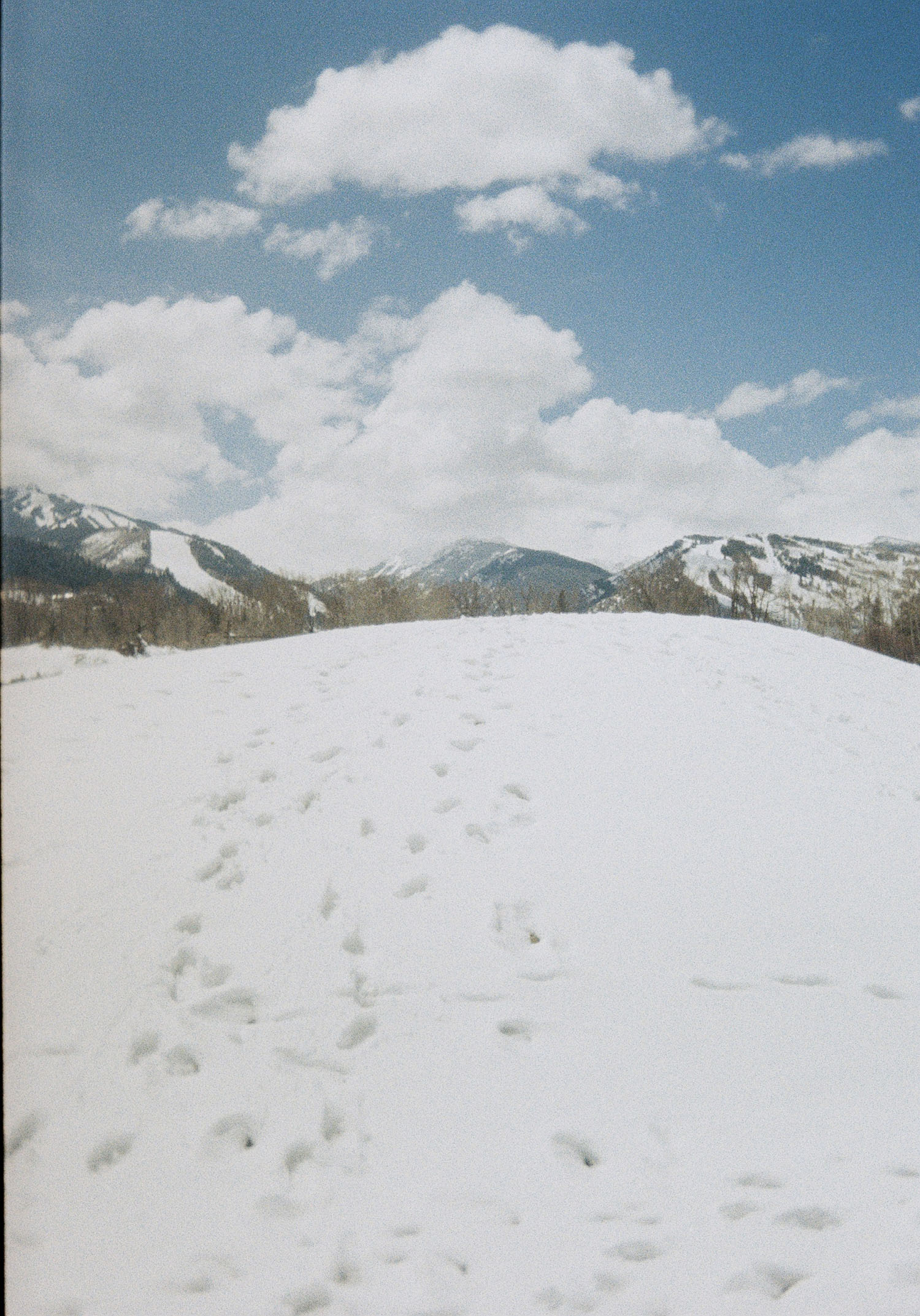
CULTURED: What’s on your studio playlist?
Mombaça: Shabaka Hutchings, Cátia de França, and Emahoy Tsege Mariam Gebru.
CULTURED: What’s the biggest studio mishap you’ve experienced?
Mombaça: In 2022, I still had my studio in Amsterdam, and I had just returned from Venice, where I presented a performance titled In the tired watering. In this project, I left 50 meters of textile in the Venetian lagoon to be retrieved during the performance. It was returned to my studio after drying, and I decided to unfold it in my 40-square-meter studio. I did not expect the material to release such an excessive amount of dust, brought from Venice to Amsterdam.
When I realized what was happening, I was already within the dust cloud. It was uncomfortable, potentially hazardous for my respiratory system, and definitely a mess to clean. However, it was precisely that moment that I figured out what I was calling into life with this practice of sinking materials: The previously sunken textile was now a ghost, with the power to haunt and take over the spaces with its dust.
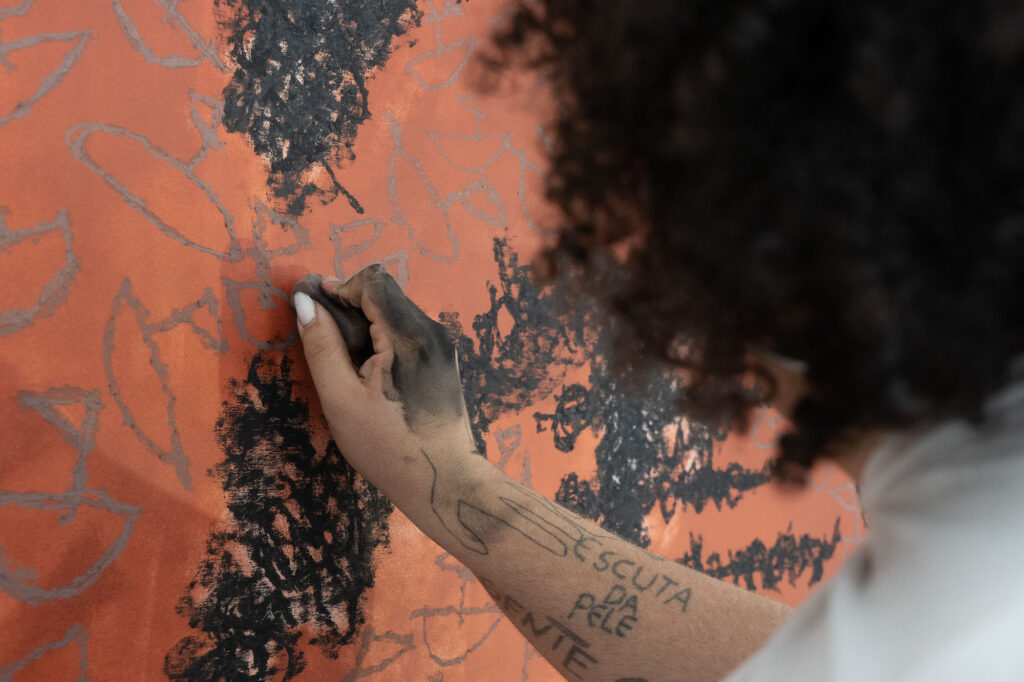
CULTURED: Have you ever destroyed a work to make something new?
Mombaça: I do it so often that it has become a method.
CULTURED: Is there a studio rule you live by?
Mombaça: There is this Pope.L interview where he says something like, “Knowing what you are doing is overrated.” This expresses my core belief when it comes to studio work. So I made a rule out of it: “Do not dwell too much on what you know. Allow yourself to feel lost. The work emerges at the limit of our knowledge of things, not at its core.”
CULTURED: If you could change one thing about the art world, what would it be?
Mombaça: Everything.
CULTURED: What’s the weirdest thing you’ve ever done in your studio?
Mombaça: My own work.

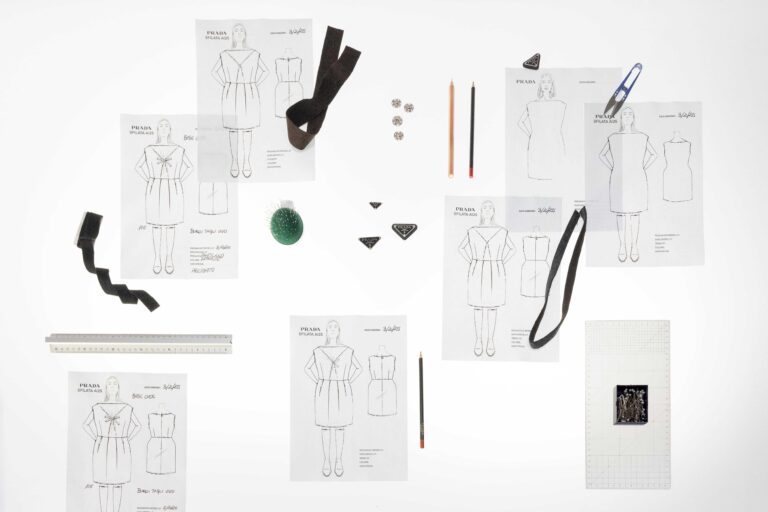

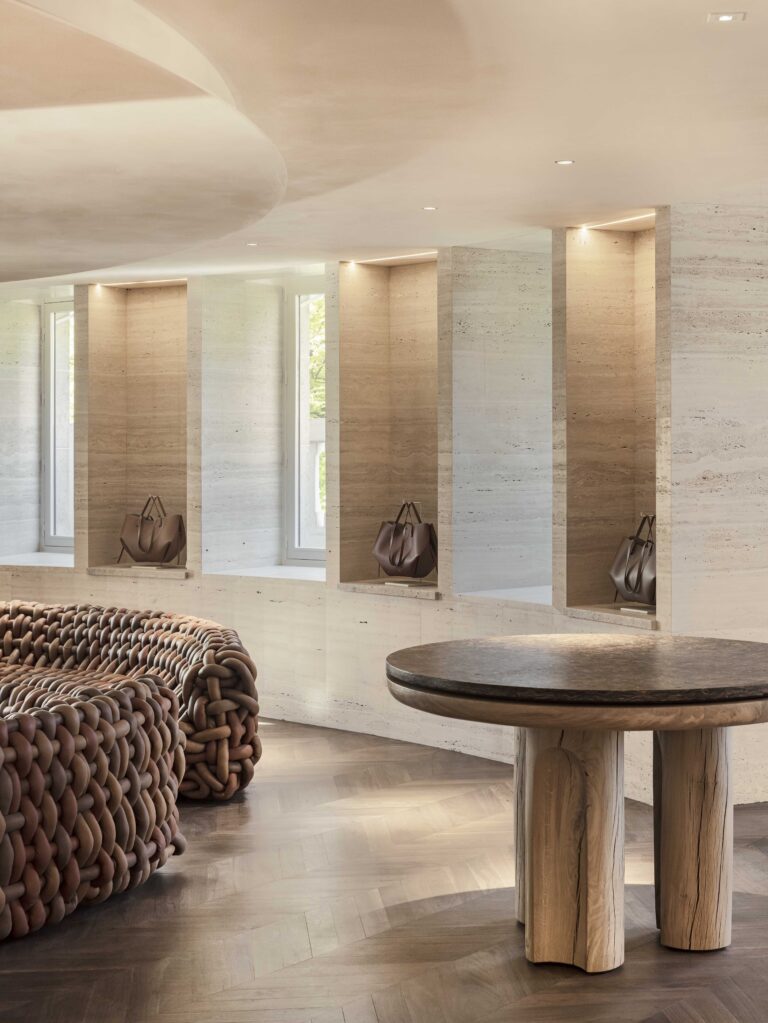
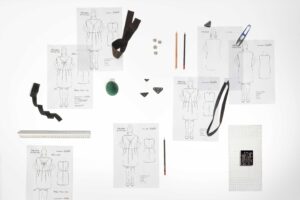





 in your life?
in your life?

